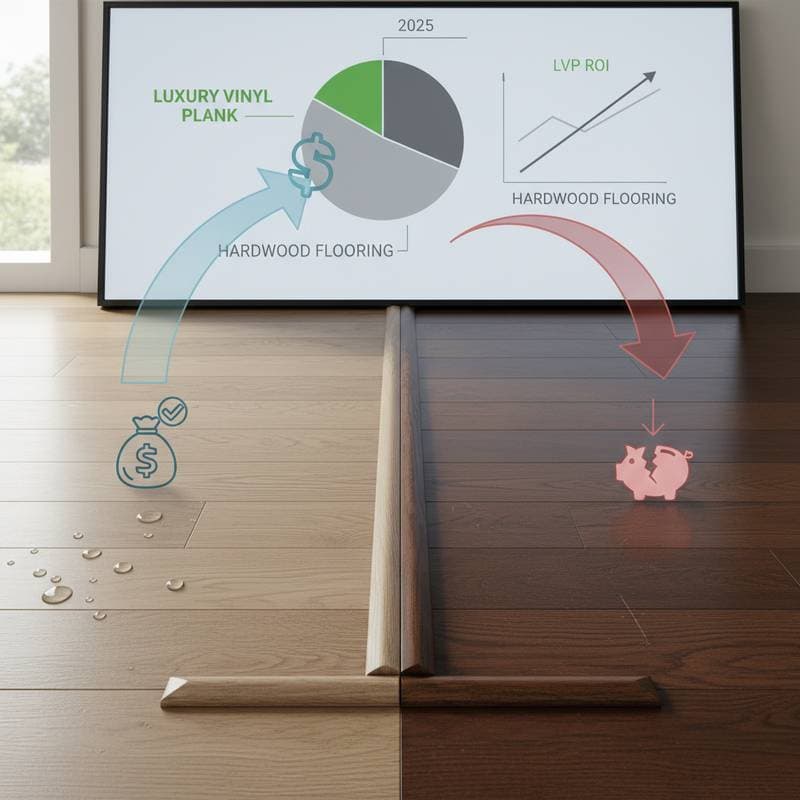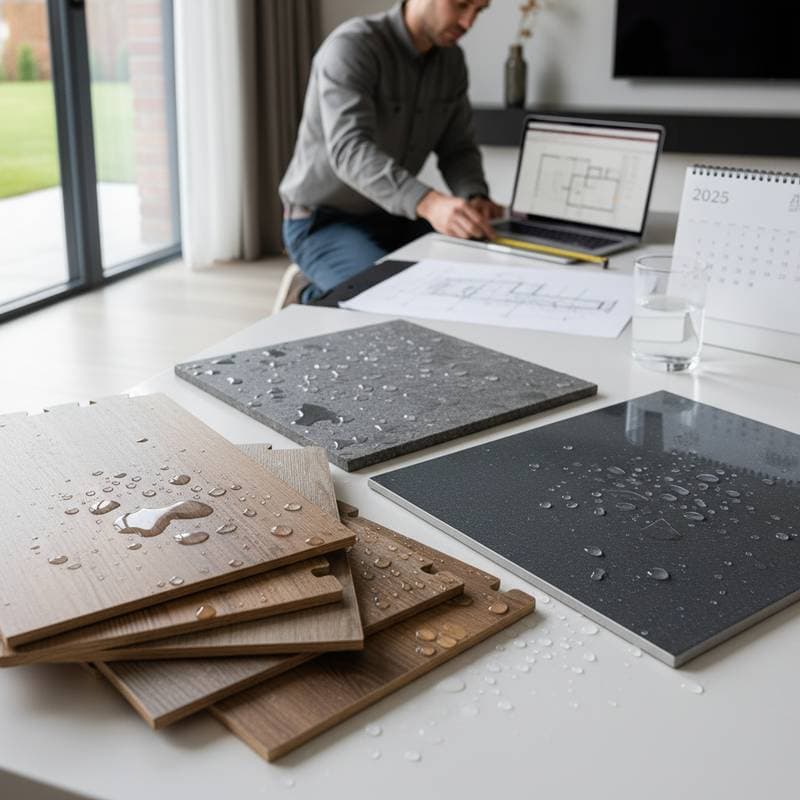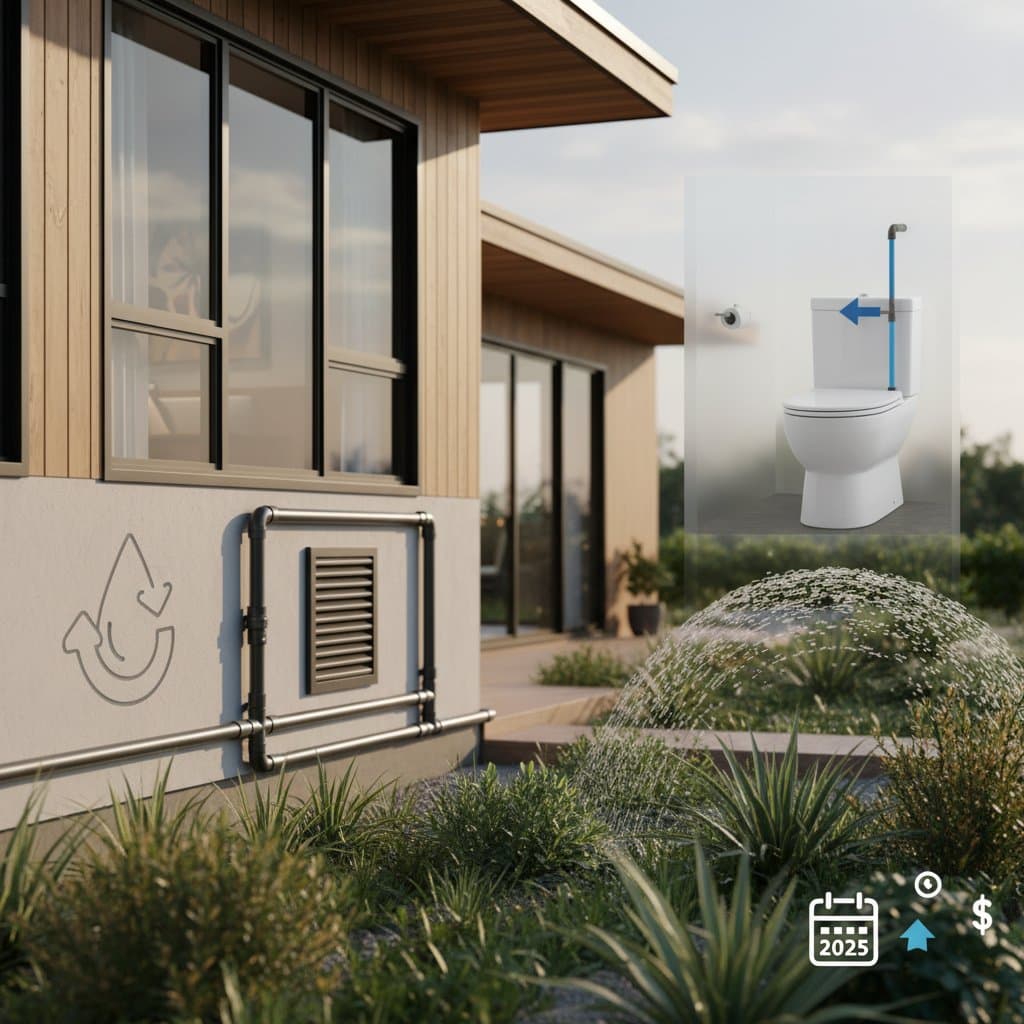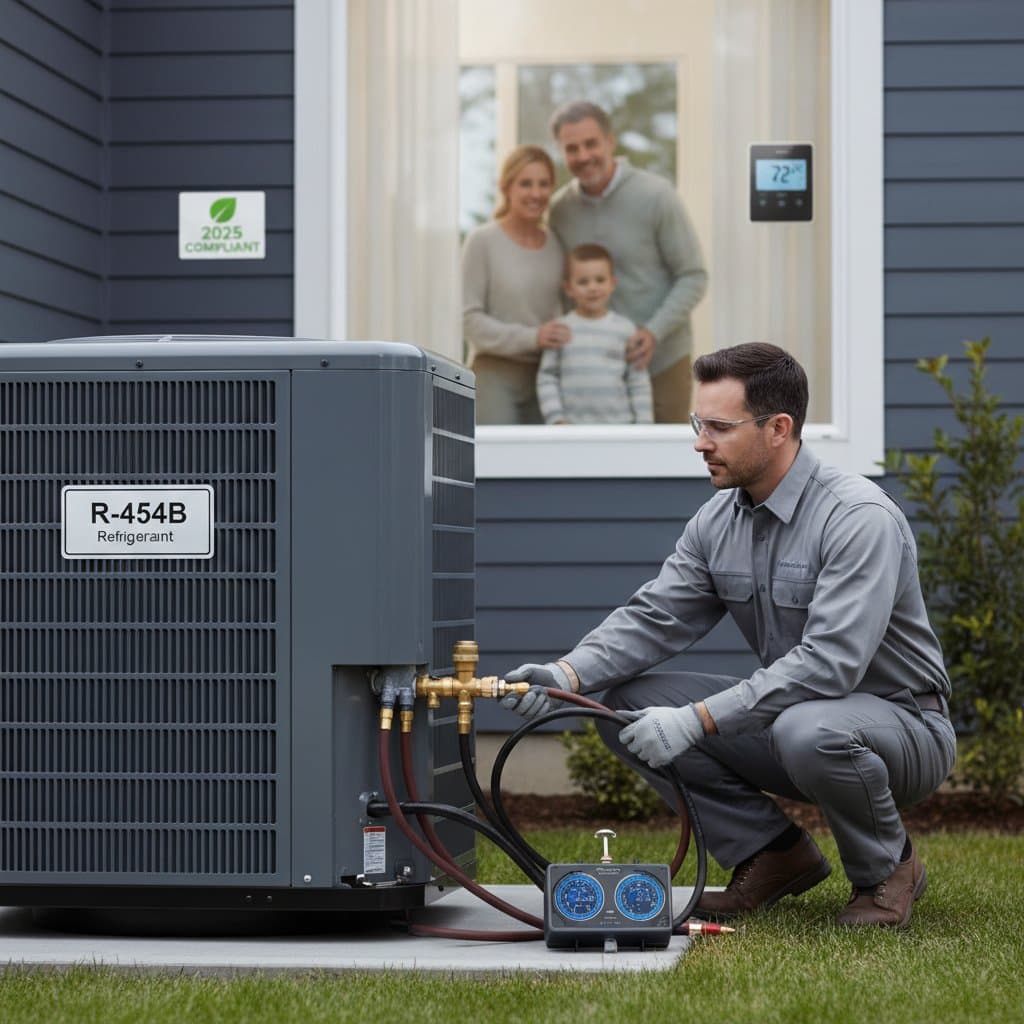
Cost Guides
View All →What Multigenerational Renovations Really Cost in 2025
Solar Maintenance Costs $150-$450 Per Year in 2025
Why Luxury Vinyl Beats Hardwood on Total Costs
Granny Pod Permits Take as Long as the Build Itself
Why ADU Construction Costs Dropped 25% This Year
Waterproof Flooring Costs $3-$15 Per Square Foot in 2025
Home Guides
View All →Flood Insurance Covers What Standard Policies Won't
Garage Conversion Costs $28K Average in 2025
Power Surge Protection Costs $180 to Save Your AI Server
Greywater Systems Cut Household Water Use in Half
R-454B Replaces R-410A in All New HVAC Systems
Pre-Listing Repairs That Actually Boost Sale Value
Recent Articles
HVAC Filter Subscriptions Cost 2x DIY in 2025
HVAC filter subscriptions in 2025 offer ease but often cost twice as much as DIY replacements, ranging from 100 to 300 dollars yearly. Discover ways to compare plans, select ideal MERV ratings, and integrate maintenance for better efficiency, longer system life, and lower bills.
Flood Insurance Covers What Standard Policies Won't
Standard homeowners insurance often excludes flood damage, leaving many properties vulnerable.
Solar Maintenance Costs $150-$450 Per Year in 2025
Solar maintenance in 2025 typically costs homeowners $150 to $450 each year, influenced by warranty options and personal involvement. Effective upkeep through a mix of professional oversight and simple self-care ensures optimal efficiency, safety, and enduring value. This guide examines how system design, local climate, and maintenance decisions impact costs, while providing proven methods to sustain your solar setup for years to come.
Garage Conversion Costs $28K Average in 2025
Turn your garage into valuable living space in 2025. This guide covers average costs of $28,000, ranges from $20,000 to $45,000, essential permits, and expert tips to achieve 60-80% ROI through careful planning and professional execution.
Why Luxury Vinyl Beats Hardwood on Total Costs
For 2025, luxury vinyl plank flooring exceeds hardwood in return on investment. Lower installation and maintenance costs, combined with exceptional durability and increasing popularity, provide lasting savings while preserving style. Homeowners benefit from water resistance, resilience, and contemporary design, positioning luxury vinyl as the superior flooring choice.
Hidden Fees Add $200-$500 to Warranty Costs
Home warranties offer repair protection but conceal fees like service calls, caps, exclusions, and admin charges that inflate costs by $200-$500 yearly. Explore regional variations, renewal traps, and strategies to identify transparent plans for reliable coverage.
Solar Panels Need Special Warranty Riders to Be Covered
Many homeowners assume solar panels fall under standard home warranty coverage, but that often proves incorrect.
Granny Pod Permits Take as Long as the Build Itself
In 2025, granny pods range from $90,000 to $210,000, where permit and zoning durations often parallel construction timelines. Spanning prefab options to bespoke designs, expenses depend on scale, location, and regulations. Discover strategies for streamlining approvals, obtaining competitive bids, and designing a regulation-compliant backyard sanctuary that elevates property value.
Solar Panel Maintenance Costs $150-$650 Per Visit
Home warranties often skip solar panel coverage, exposing owners to $150-$650 maintenance fees per visit. Averaging $400 for cleaning and checks, costs hinge on system size, access, and schedule. Routine care upholds 95% efficiency, safeguarding your investment against performance dips.
LVP Costs Half as Much but Hardwood Wins Resale
For 2025 home upgrades, luxury vinyl plank flooring offers affordability and ease at half the price of hardwood, plus superior water resistance. Hardwood provides enduring appeal, superior longevity, and stronger resale impact. Evaluate budget constraints, moisture exposure, and future plans to select the ideal flooring investment.
Why ADU Construction Costs Dropped 25% This Year
ADU construction costs will decrease by 25% in 2025 due to simplified regulations, modular construction advances, and enhanced financing options. These changes enhance affordability, promote transparency, and streamline efficiency in the sector. Homeowners can better manage budgets and ensure quality by carefully handling contracts, confirming safeguards, and viewing projects as smart investments.
Home Office Electrical Upgrades Cost $800-$3,500
Elevate your home office with electrical upgrades costing $800 to $3,500. Explore insurance coverage details, cost influencers, and strategies to improve safety, efficiency, and investment returns while avoiding common pitfalls.





















